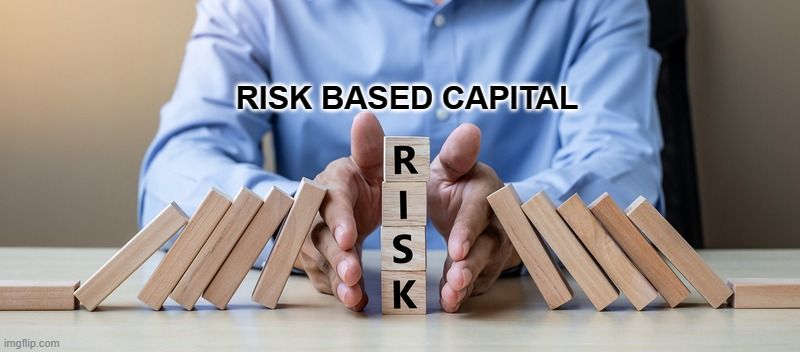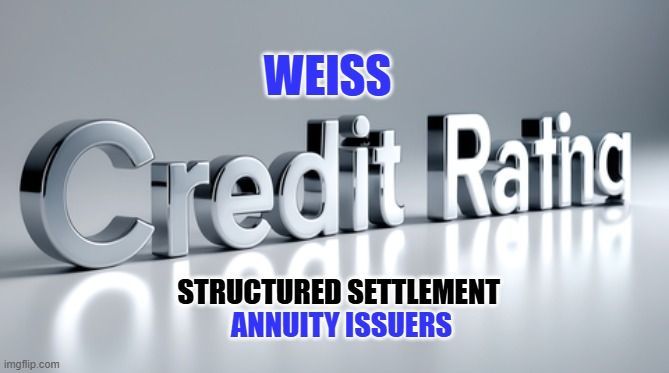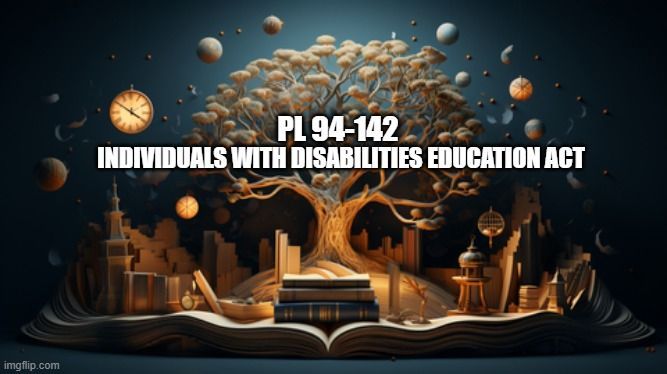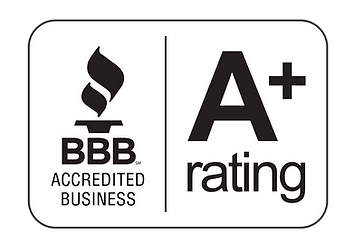What is Risk Based Capital?
What Does RBC Ratio Mean for Your Structured Settlement Annuity Company?

Insurance offers a vital safety net, protecting us against financial loss "if something bad happens". We all buy many different types of insurance to cover actual or perceived risks. Sometimes it's also because we have to. Other times it's because we choose to, to protect ourselves and our families in the event something happens to us, or perhaps just the one(s) paying the bills, to assure our survival and our family's survival, to be able to pay medical bills, or cover liability in the event of an accident, or a fire, or a flood, or if we die sooner than expected or live a long life..
Americans Fear Running Out of Money More Than They Fear Death
- "Americans are more afraid of running out of money than death" - Allianz June 4, 2023
Structured settlements address the thing that most people worry about the most, providing a customized stream or streams of stable tax-free income.
The Solemn Duty of Insurance Regulators
Insurance regulators are charged with ensuring that insurance companies can fulfill their financial obligations to policyholders. One way they do this is by imposing a risk-based capital (RBC) requirement. The RBC requirement is a statutory minimum level of capital that is based on two factors:
- an insurance company’s size; and
- the inherent riskiness of its financial assets and operations. That is, the company must hold capital in proportion to its risk.
RBC is intended to be a regulatory standard and not necessarily the full amount of capital that an insurer would need to hold to meet its objectives.
The National Association of Insurance Commissioners (NAIC), adopted a life RBC formula in 1992, which was implemented in 1993. There are separate RBC formulas for each of the primary insurance lines ofinsurance business:
Critical Thresholds That Enable Timely Intervention
According to the National Association of Insurance Commissioners, the purpose of RBC requirements is
to identify weakly capitalized companies, which facilitates regulatory actions to ensure policyholders will receive the benefits promised without relying on a guaranty association or taxpayer funds.
The RBC formula calculations are critical thresholds that enable timely regulatory intervention. RBC requirements are not designed to be used as a stand-alone tool in determining financial solvency. Rather, RBC is one of the tools that gives regulators legal authority to take control of an insurance company.
Risk-Based Capital (naic.org) 2024 update
According to the National Structured Settlements Trade Association, insurance company’s risk-based capital ratio measures assets, liabilities and the degree of risk associated with its operations and investments. The ratio is obtained by dividing a company’s capital by the minimum amount of capital that authorities feel is necessary to support its insurance operations.
In the extremely rare event that a life insurance company becomes financially troubled, state insurance commissioners have authority to take immediate action. With court supervision, the insurance commissioner will attempt to build the company’s capital so that it can continue to meet its obligations.
- Tightened accounting rules, including imposition of risk-based capital testing;
- Mandatory annual audits;
- Uniform guidelines requiring that investments meet standards for security;
- Minimum capital and surplus requirements
- Independent reviews and spontaneous audits to ensure compliance















